Redefining Space Propulsion
By combining cutting-edge technology with sustainable practices, MIPRONS is not just an evolution in propulsion, it’s a revolution in how we explore and utilize space.
At MIPRONS, we are driven by a bold mission: to develop the world’s smallest, most powerful, and versatile space propulsion systems. We are then revolutionizing the aerospace industry with two groundbreaking patented propulsion systems.
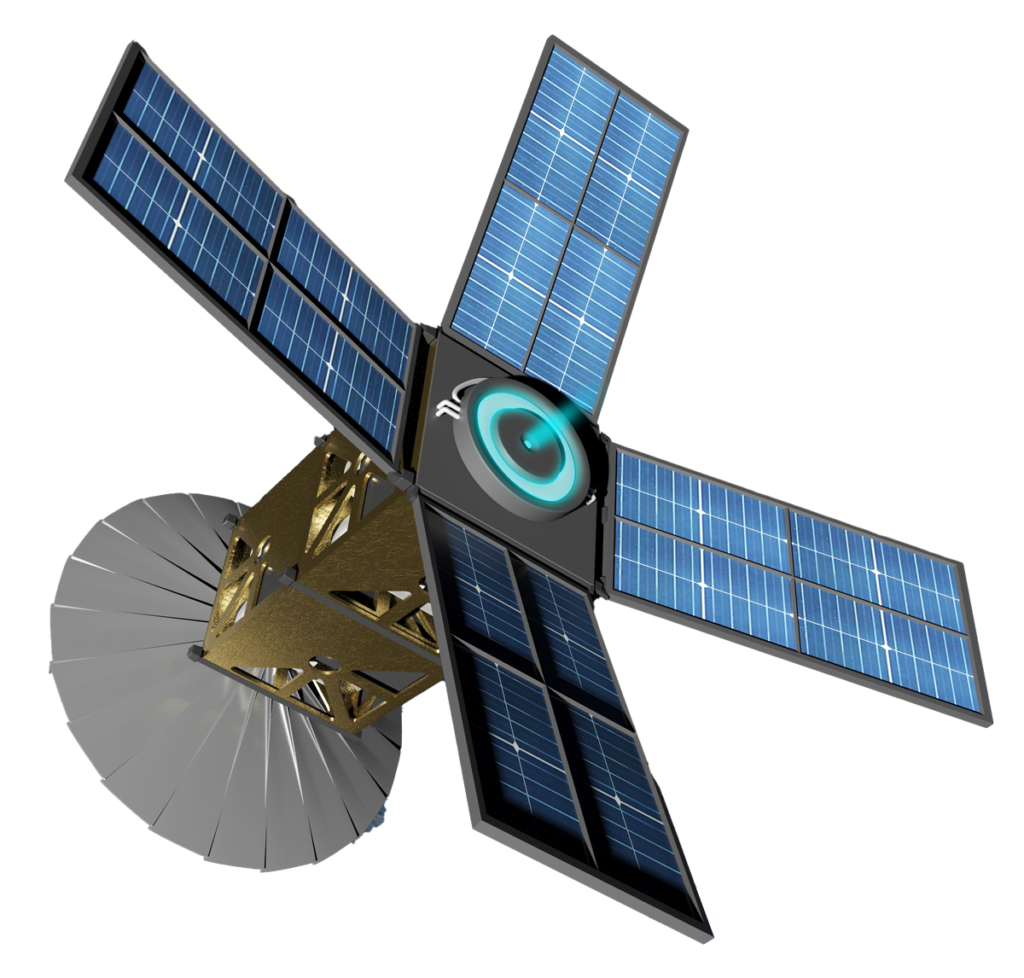
Introducing ALEXIUS: Small Yet Mighty
ALEXIUS is a compact, lightweight (1.4 kg), and efficient propulsion system with a volume of approximately 0.7liters (95x95x70 mm.), able to deliver, at 30 bar of H2-O2 pressure, more than 2.5N of thrust with a specific impulse greater than 320 sec. Designed for nanosatellites, ALEXIUS supports rapid, mission-critical maneuvers and is protected by five international patents.
Our flagship solution, ALEXIUS, redefines compact propulsion. Engineered to fit seamlessly within nanosatellites, it delivers the high-thrust performance needed for micro- and mini-satellites to execute rapid and mission-critical maneuvers.

- Unmatched Compactness: Occupying just 0.6–0.7 CubeSat units (excluding fuel) and weighing only 1.3–1.5 kg.
- Exceptional Power: Generates up to 3 Newtons of thrust with a specific impulse exceeding 300 seconds.
- Global Innovation: Protected by five international patents, granted in Italy, Japan, India, and Europe.
Since its beginning in March 2019, ALEXIUS has garnered multiple innovation awards and has already attracted interest for hundreds of satellites globally.
ALEXIUS is set to achieve Technology Readiness Level 7 by Q3 2025, making it a game-changer for satellite operators worldwide.
What ALEXIUS Delivers:
Agility
Accelerates critical maneuvers
Profitability
up to 40M€/satellite lifetime
Versatility
Supports satellites ranging from 2 kg to several tons.
Next-Generation Innovation: ALBIREO
Next-gen technology integrating low- and high-thrust maneuvers for satellites, interplanetary drones, and launcher stages. This advanced system simplifies operations while broadening applications.
Building on ALEXIUS, ALBIREO takes propulsion to the next level. This advanced system is designed to integrate low- and high-thrust maneuvers—attitude control, orbit changes, and more—into a single, streamlined solution.
- Simpler Systems: Reduced weight and complexity for operators.
- Broad Applications: Suitable for satellites, interplanetary drones, launcher stages, and re-entry systems.
Use Cases
We are developing groundbreaking and cost-efficient solutions that redefine performance and sustainability in the aerospace sector.
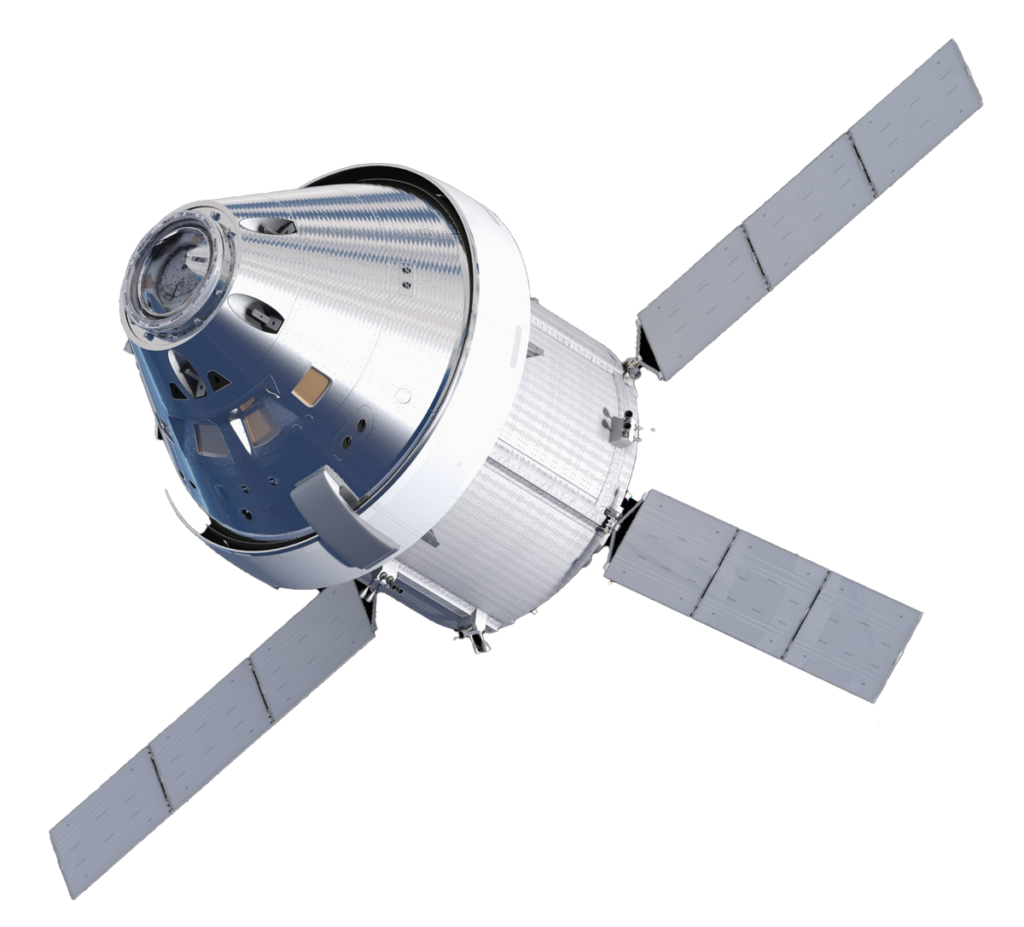
Satellites
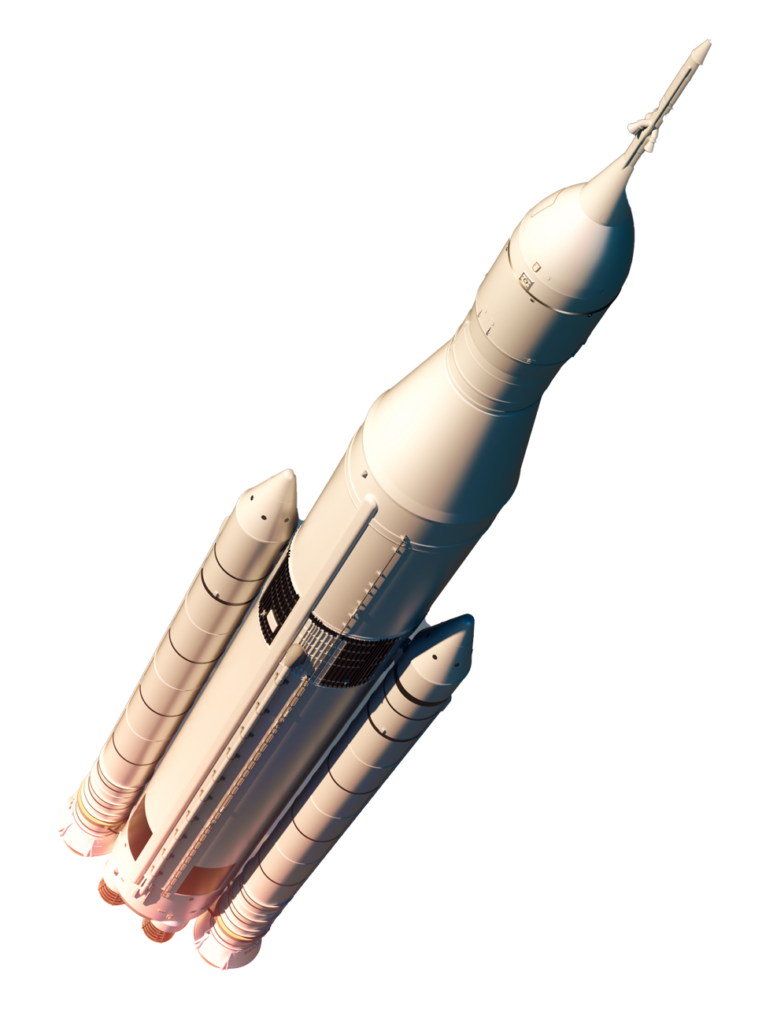
Carrier Vehicles
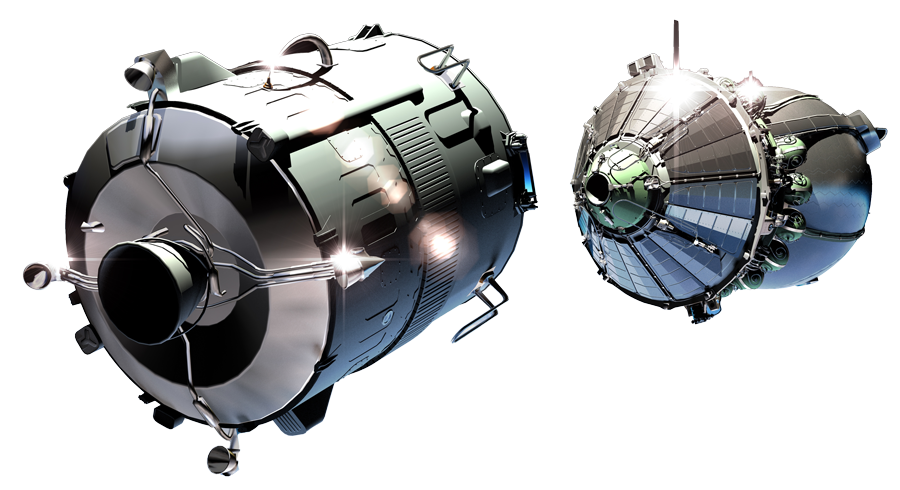
Launchers’ Last Stages
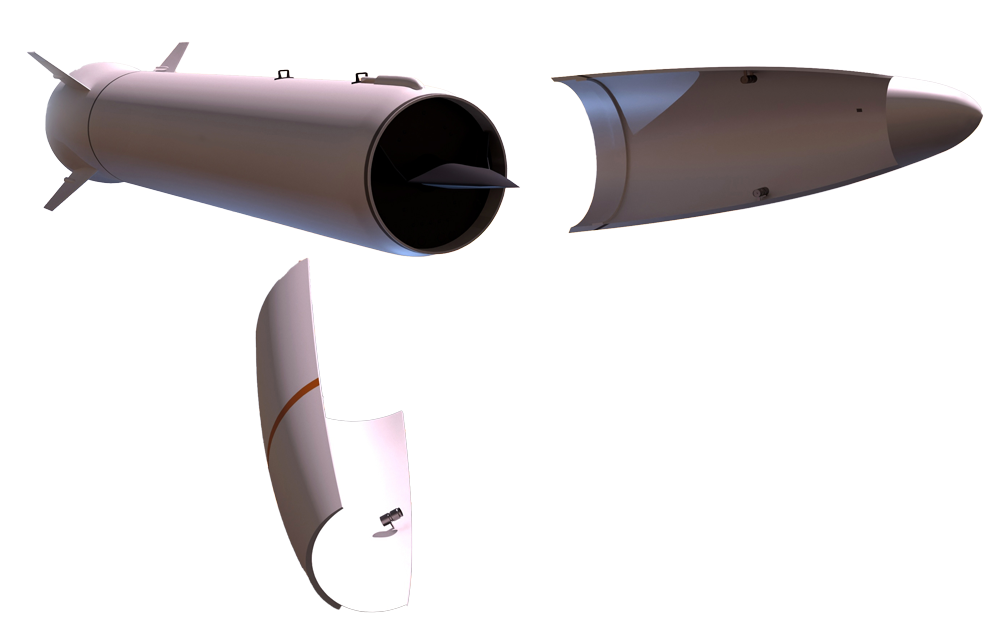
Extra-Atmospheric Drones
Key Advantages of MIPRONS Over Electric Systems
MIPRONS technology sets itself apart from traditional electric propulsion systems (powered by xenon or water) and hydrazine-based propulsion systems, offering distinct advantages across technological, procedural, and commercial dimensions.
Higher Thrust with Less Power
MIPRONS delivers significantly higher thrust using the same electrical input, enabling satellites to perform quicker and safer maneuvers. This enhances their reliability, operational lifespan, and profitability.
EMI
Unlike electric systems, MIPRONS eliminates electromagnetic interference (EMI), a critical issue that accounts for 42% of small satellite failures (NASA, 2018). EMI forces designers to adopt suboptimal solutions like deployable arms, which compromise satellite design, reliability, and performance.
Energy Efficiency
Electric propulsion systems demand large amounts of power for processes like ionization-neutralization. A large amount of power can only be generated through an extensive surface of solar panels or high-capacity batteries.
No Xenon Dependency
Using xenon as a propellant requires:
- High-pressure tanks with non-optimal shapes.
- Complex pressure and thermal control systems.
- High costs compared to MIPRONS’ water-based propulsion.
Key Advantages of MIPRONS Over Hydrazine Systems
Safety and Simplicity
Hydrazine, a toxic and highly reactive propellant, requires stringent handling and storage protocols, including exclusionary zones, which delay launch readiness. In contrast, MIPRONS uses water, avoiding regulatory and safety challenges entirely.
Cost-Effectiveness
Hydrazine’s supply chain and regulatory risks drive up costs, while water offers a safe, low-cost, and sustainable alternative.
Future-Proof
The European Commission is evaluating a ban on hydrazine under REACH regulations, with restrictions already implemented at several launch facilities. Additionally, hydrazine appears in Annex 1 of EU Reg. 821/2021, making its export subject to special authorization.
